
PFAS contamination in agricultural areas and the environment
It is believed that the reputation of an area is a valuable asset for economic growth, tourism and ultimately social well-being. Everything changes, however, when it comes to a bad reputation.
In recent years, environmental and health situations concerning various Italian regions, first and foremost Veneto, Piemonte and Lombardia, have been coming to the fore, and certainly not by merit. The bad reputation of these territories is caused, we can ironically say 'persistently', by the mismanagement of PFAS. For the uninitiated, PFAS are indestructible pollutants. Their persistent action has started to cause protests in the population, who has discovered that it has been suffering from the effects of these poisons for a long time.
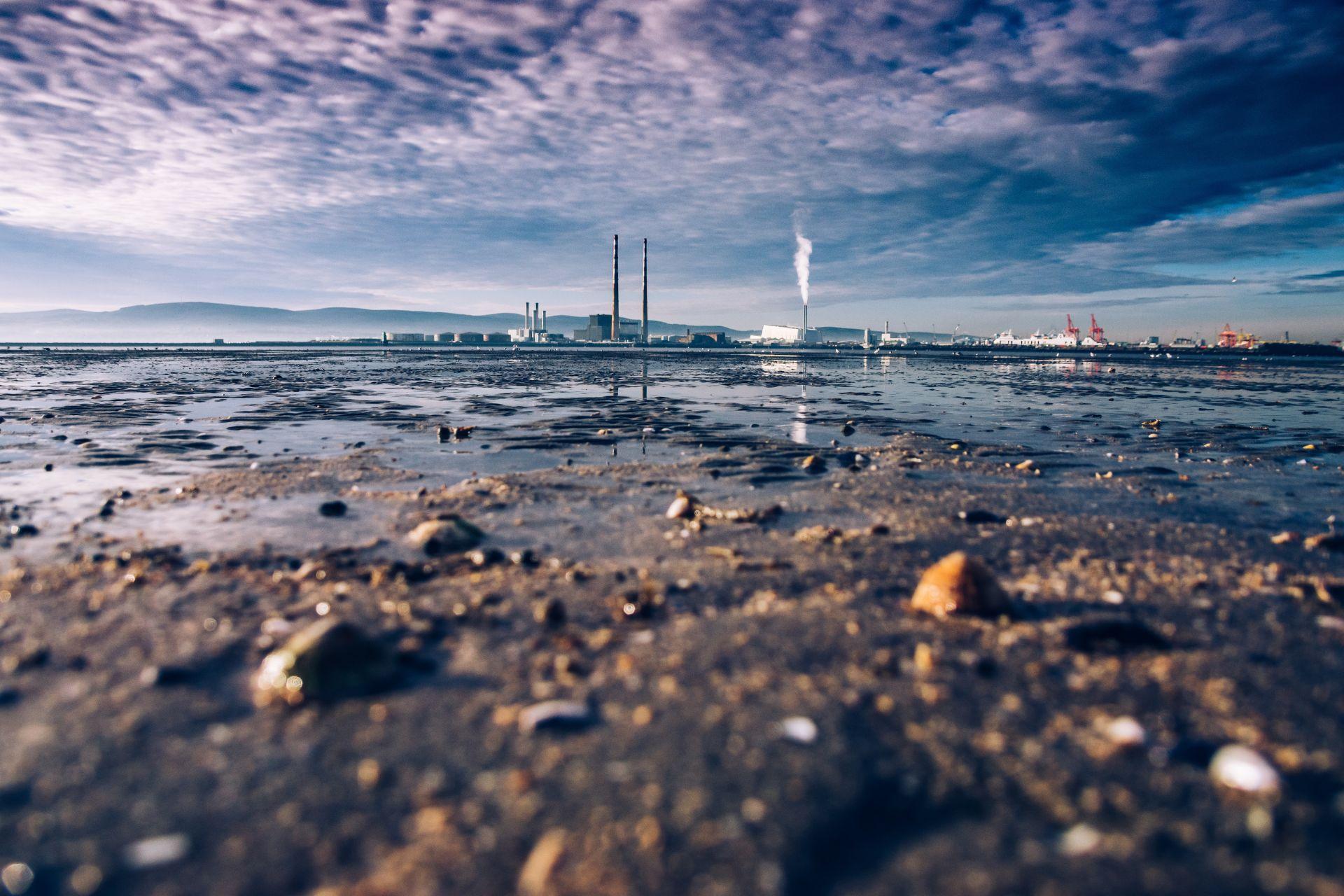
What are PFAS
Pfas are chemical pollutants that are resistant to environmental degradation processes (biodegradation, oxidation, hydrolysis, photolysis, etc.) present and persistent in soil, air and water. Produced industrially since the 1940s, these perfluoroalkyl substances of varying concentrations (over 10,000 compounds) consist of atoms with carbon-fluorine bonds that exhibit high chemical and thermal stability, making surfaces impermeable to water, grease and dirt.
Pfas are in fact used in the production of textiles, paper and cardboard including toilet paper, products with water- and oil-repellent properties (e.g. stain-resistant products, waterproof fabrics for clothing and shoes, non-stick pans, carpets, food containers), detergents, solvents and spray products, plastics and derivatives, and fire-fighting foams, in chromium-plating processes, leather tanning, oil processing and fuel delivery systems, semiconductor production, even to produce pharmaceuticals, cosmetics and medical equipment, and not only because they also concern waste management (landfill leachate), processing waste, components and additives of discarded objects and manufactured goods.
Released during the manufacturing process, these substances spread through the air and into both surface and groundwater, thus also into drinking water, accumulating dangerously in soils, food, blood and organs, compromising health as they are toxic to plant, animal and human organisms.
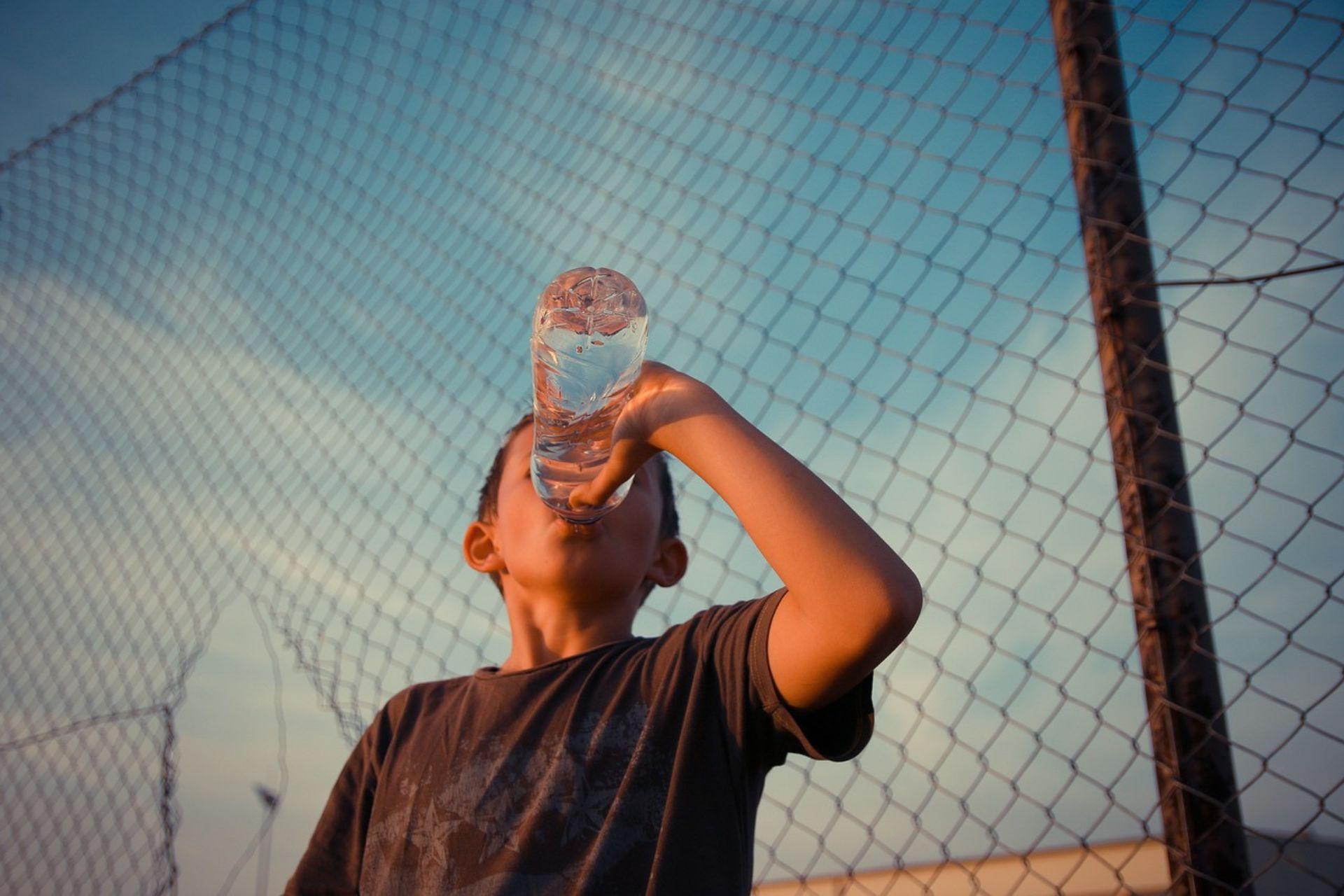
PFAS and Agriculture: sources of contamination of agricultural soils and impact on farms
Pfas contamination also affects agriculture through the contamination of soils and the consequent impact on farms because, in addition to the poor quality of the agricultural product cultivated, the reputation of the area burdened by such contamination brings economic losses due to the shift of attention to the problem of human health and thus to market stagnation.
The sources of pollutants are first and foremost soils, which play a reservoir role as these substances subject to bioaccumulation progressively increase as a result of their settlement in biological material. So too are waters, both surface and groundwater, and hence irrigation water for which there are no sufficiently protective threshold limits for human health.
Even the spreading of sludge from civil and industrial wastewater, compost from sewage treatment plants from local agro-industrial realities, and composted soil improvers from sludge destined directly for agronomic use constitutes a source of contamination by perfluoroalkyl substances (Pfas) that affect agricultural products in our “beautiful country” and the European Union.
Pfas are also found in pesticides where they are used as additives, as found in the study by Peer, a group of American environmental scientists.
In New Hampshire, fluorinated pesticides contained in nearly 70 per cent of all new pesticides, which are considered particularly effective in combating plant pests, were detected up to a depth of 91 centimetres in all samples observed, as well as in other cultivated soils in the US, but also in Denmark and the Netherlands.
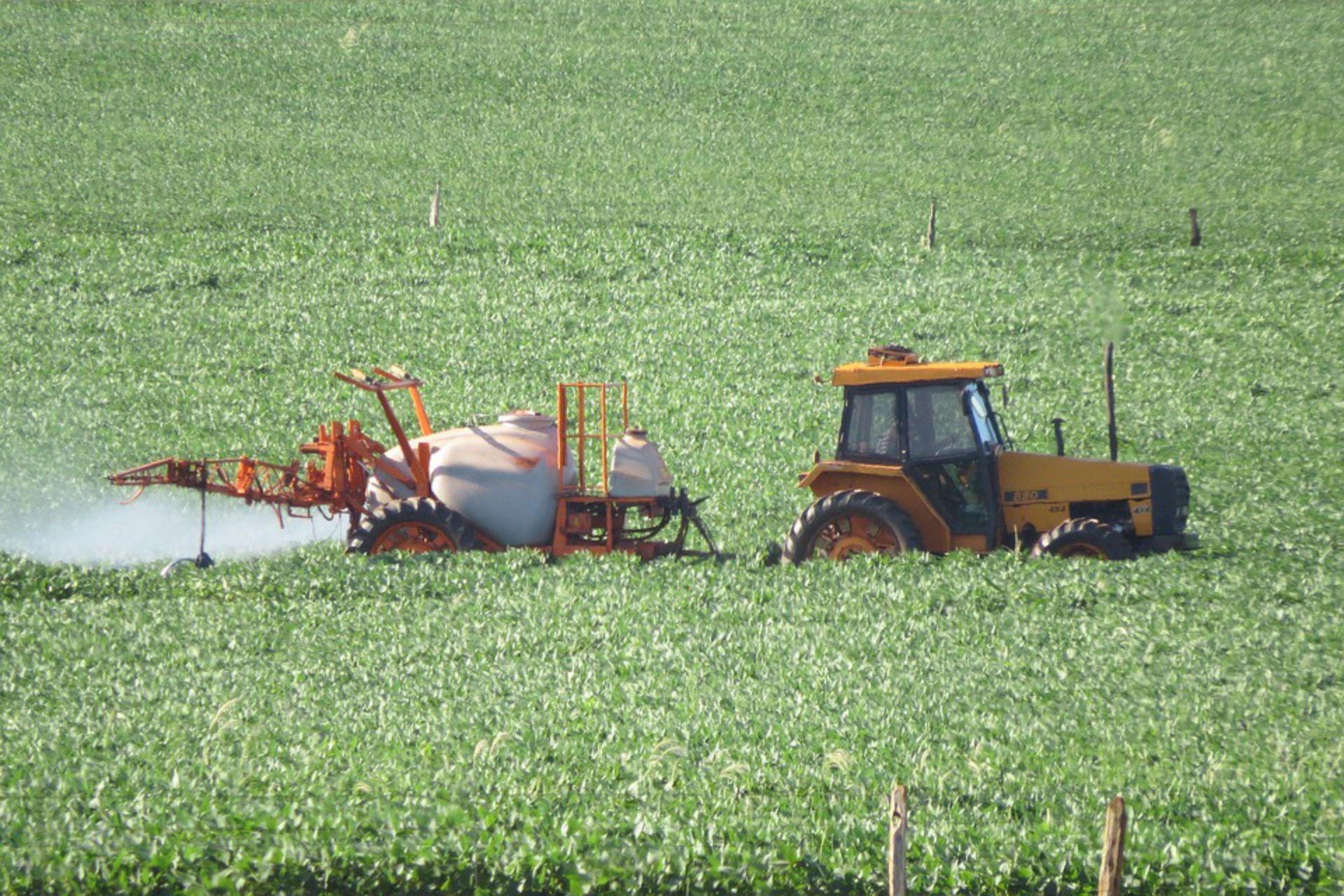
Since PFAS-related human health concerns should not only focus on biota and drinking water, but also on the consumption of fruit and vegetables, farms (instead of suffering the environmental damage caused by industry or lending themselves to putting in filters that do not work), could work together for the sake of environmental balance, and ultimately their own pockets, by introducing BioAksxter® into their crops. What is BioAksxter®? It is the only technology that can respond quickly and decisively, without giving in to the clash between health and profit.
Human Health Risks
PFAS are in much of what we eat, drink and use. Found even in the Himalayas and the Arctic where there are no emission sources, they are an urgent public health problem affecting people and communities in all nations.
In Europe and the United Kingdom, there are over 17 thousand sites declared contaminated by Pfas, in Italy 1600. There are maps, surveys, comments, protests, complaints of all kinds for these substances that are now found everywhere. If it were not for the fact that 'misfortune is half a joy' we could say that humanity has reached the peak of self-harm.
According to the EPA (Environmental Protection Agency), the water of approximately 26 million people in the US is contaminated with dangerous levels of these toxic chemicals. Further analyses estimate that more than 200 million Americans may have some form of PFAS in their drinking water.
A Chinese study conducted in 2017 tested drinking water intakes in 79 cities and showed that PFAS are present underground throughout the country.
In Germany, Pfas were detected in underground reservoirs of water intended for human use and with very high concentrations.
In Switzerland, the study conducted by the Zurich University of Applied Sciences and Agroscope, a competence centre for agronomic research, shows a mapping with Pfas found in 80 per cent of the surface soils examined everywhere, at average levels of 1.4 µg/kg with peaks of 6 micrograms in the Ticino area.
In Denmark, these substances have been found in organic eggs from chicken farms across the country as a result of fishmeal feed.
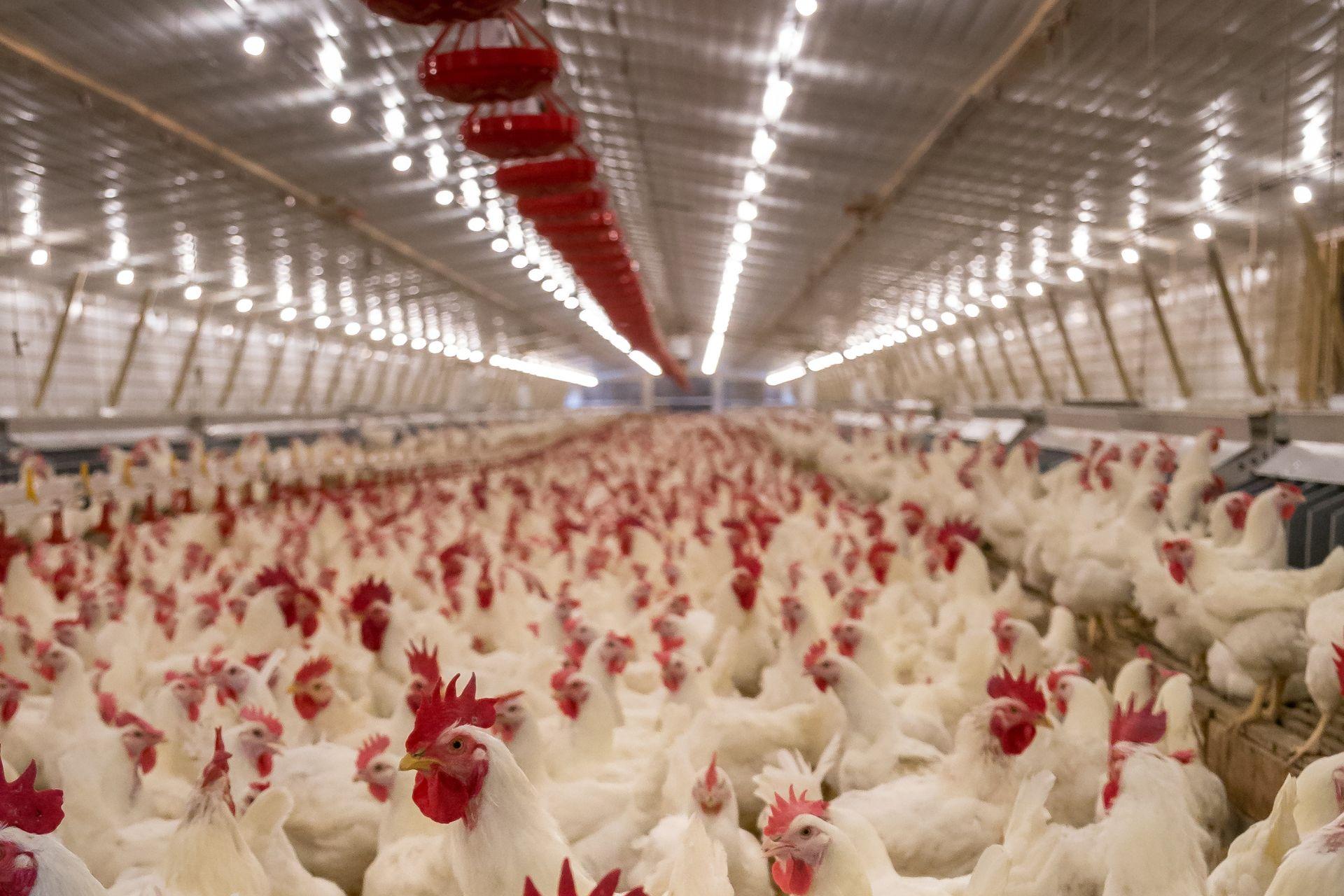
Among the striking cases of Pfas pollution recorded in Europe, there is Italy with the Po River. And there are also emissions into the atmosphere.
The Italian Association of Physicians for the Environment (Isde) has also expressed its opinion on PFAS, indestructible or eternal pollutants as it may be, and has launched a health emergency, having associated them with various oncological pathologies.
Pfas contamination also affects immune system dysfunctions, central nervous system problems, endocrine disorders, metabolic diseases, reproductive pathologies and infertility.
In reality, the tolerable pollution thresholds in the biosphere are not compatible with human health.
All over the world we are experiencing health effects at ever lower concentrations (we have gone from µg/kg micrograms per litre to ng/l nanograms per litre), both because Pfas are continuously released into the environment and therefore the tolerance values would have a single acceptable value of zero, and because the propagation of these compounds in the atmosphere and their diffusion in the hydrosphere are now globalised: to the best of our knowledge, the presence of PFAS in rainwater constitutes a serious circumstance but also a somewhat irreversible phenomenology that can affect the functioning of the Earth system (published in the Italian Journal of Groundwater, source prof. Ian Cousins of the Department of Environmental Sciences, Stockholm University).
As researcher A. Mendini declared since the 1980s, referring to the depolluting technology that relies on a large amount of energy 'at zero cost' (transferred to our community with the formulations BioAksxter® for agriculture and Almen XM236 decontaminant for the environment):
"a corrective action is needed... namely a technological product born out of advanced science, precisely to repair technological mistakes".
Strategies for the management and remediation of PFAS-contaminated soils
Pfas, in addition to the better known pesticides, DDT and dioxins, can be found scattered in every corner of the planet and committed to memory under the heading of environmental disasters.
Again, to appease people here is the instrument of promise and resolution, time: on the one hand the endless trial between hearings and rejections, then perhaps the conviction, more certain the statute of limitations, on the other hand the securing of the site that does not happen and finally the reclamation that does not exist. Everything remains unresolved, as you wish.
What to do? There are still those who wonder about activated carbon filters, rather than the use of agro-forestry, i.e. planting trees, or phytoremediation, i.e. remediation by aquatic plants, up to the phantom remediation of polluted sites, with the utopian aim of removing or confining PFAS.
The remediation process, as things stand, lies at the level of risk analyses and results of environmental investigation activities that are, however, only linked to modelling and simulation tools, except for a few water sampling and test reports where investigated. More like predictive tools that have nothing to do with the actual remediation of contaminated sites. Which amounts to 'we don't know what to do'.
In fact, detections of Pfas in soils, if found at all, are as rare and long-standing as ever, and concluded with phrases such as 'the possible presence of PFAS in soils derives mainly from the use of contaminated irrigation water' or 'further investigations may be conducted on soils in potentially impacted situations'. We can therefore understand why in places where people are ordered to drink or cook or wash with mineral water, checks on organic crops are passed over in silence, even though they irrigate with the same prohibited water there.
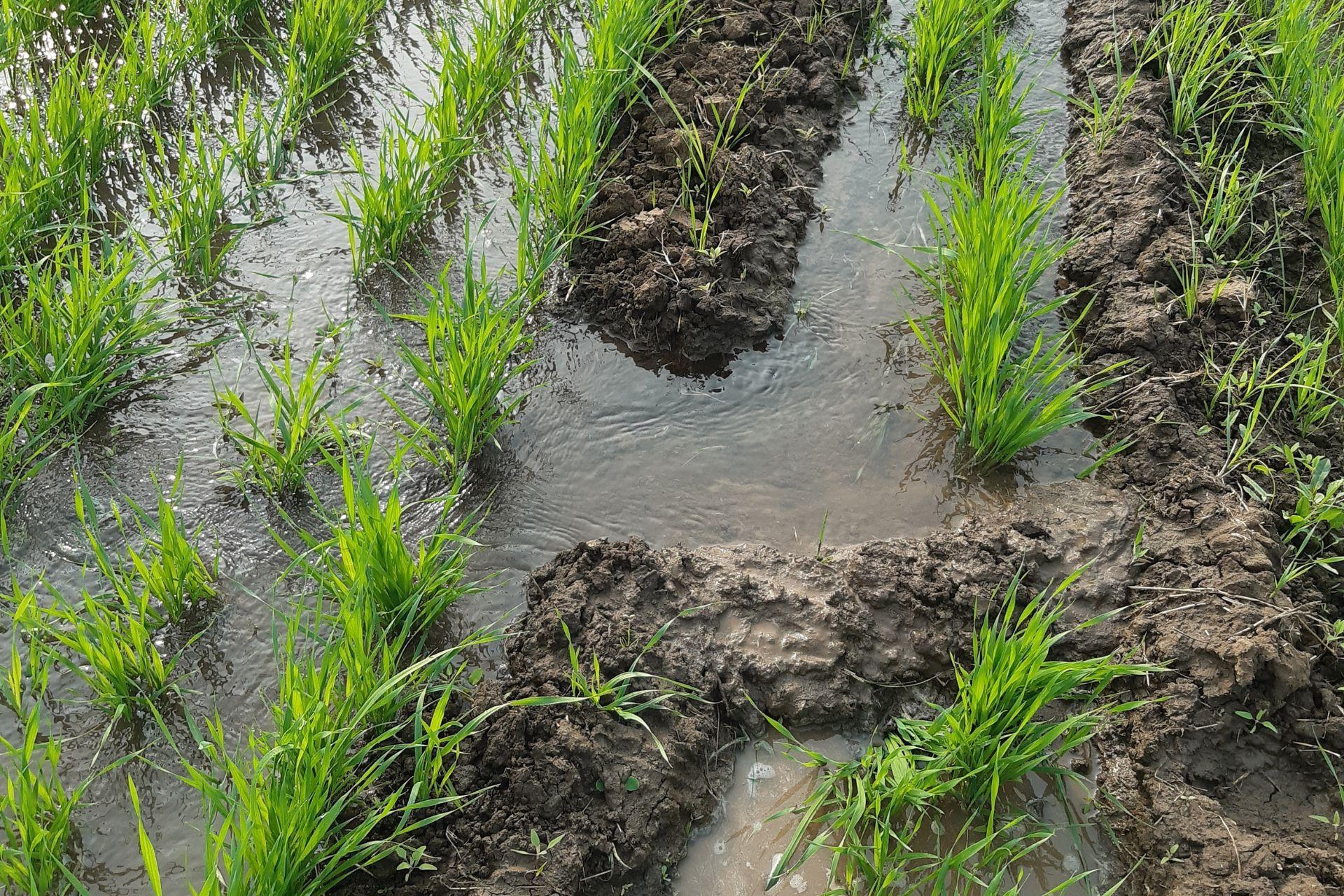
Do we want to continue with the underestimation of hazards and risk factors? With the blame-shifting between institutions, authorities and agencies? With the secrecy of studies on health effects, rather than the secrecy of contaminated sites or blood analyses of the population? Do we prefer the lowering of water concentration limits 'on paper' or 'in words' to the Japanese decision to dump their waste in the ocean, convinced that we are still far from being able to find large-scale applications and solutions?
As far as we are concerned, as the producers of the agricultural and environmental de-pollution formulations created by researcher A. Mendini, the marginalisation of our advanced purification solutions combined with the discrimination of knowledge and the lack of directives aimed at decontaminating and restoring agriculture and the environment in the safest way and in the shortest possible time, can no longer remain hidden by the negative technological spillover generated.